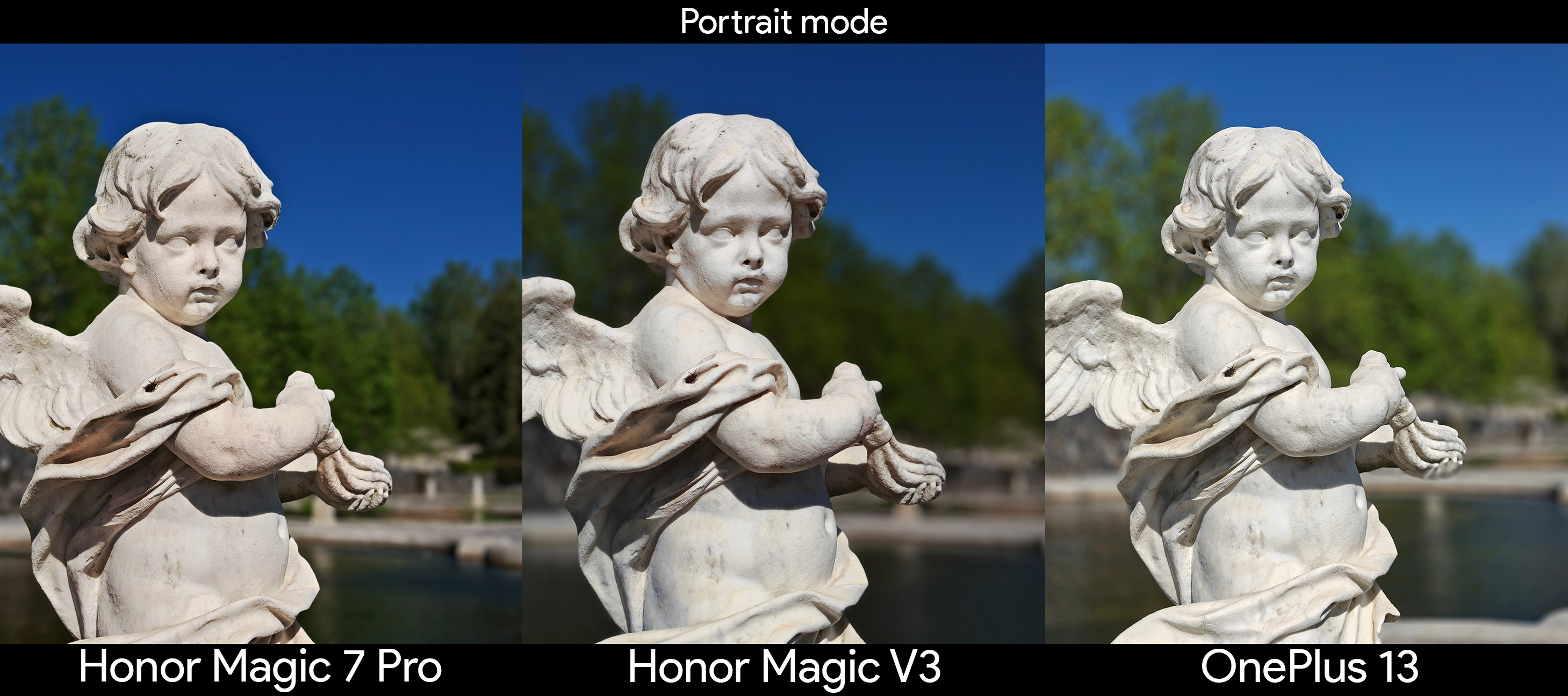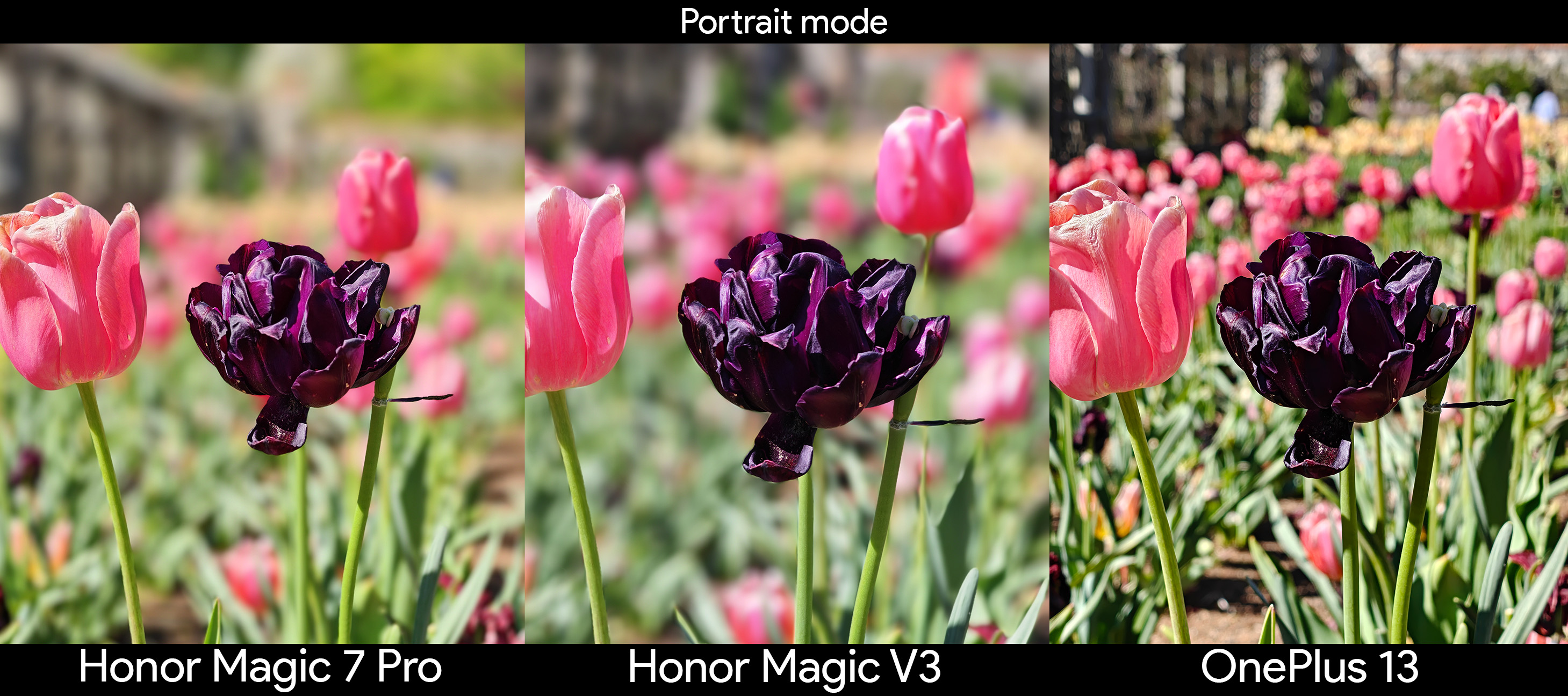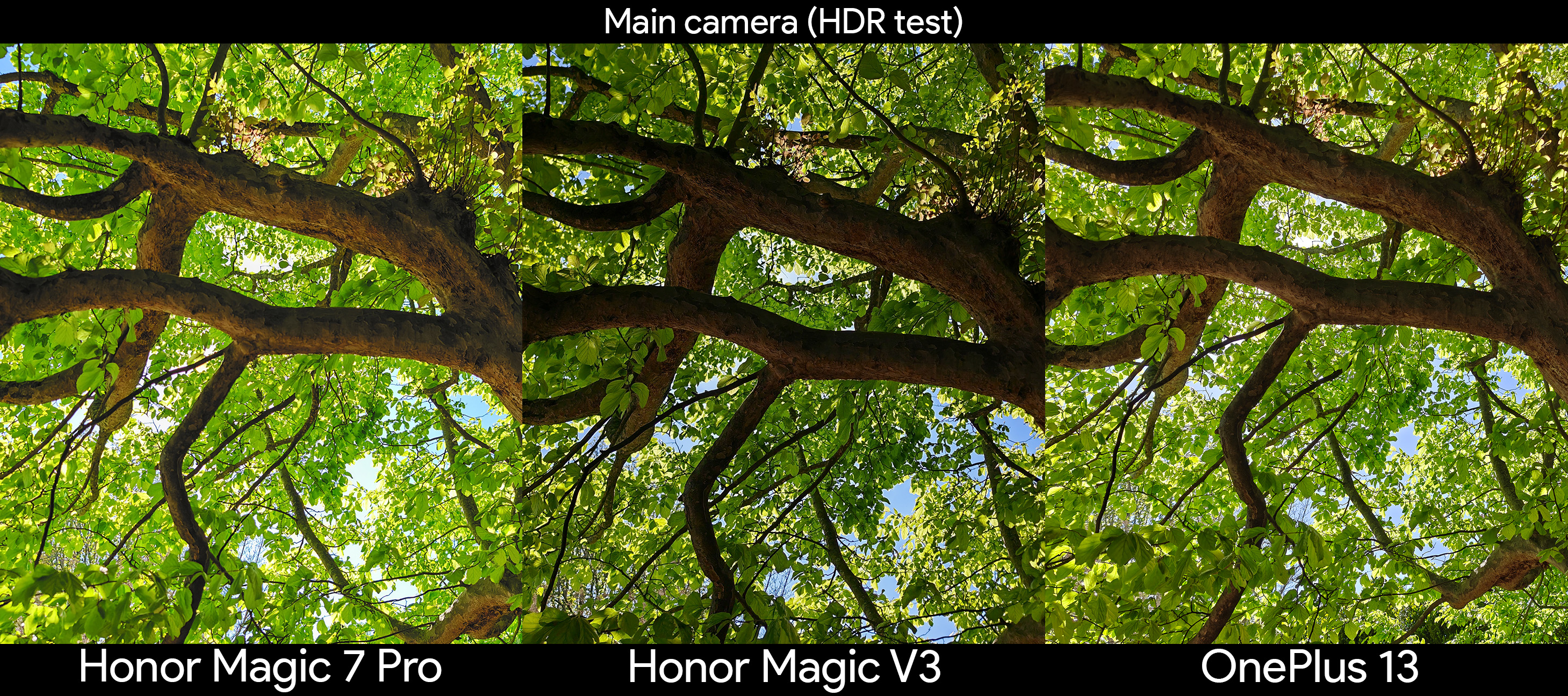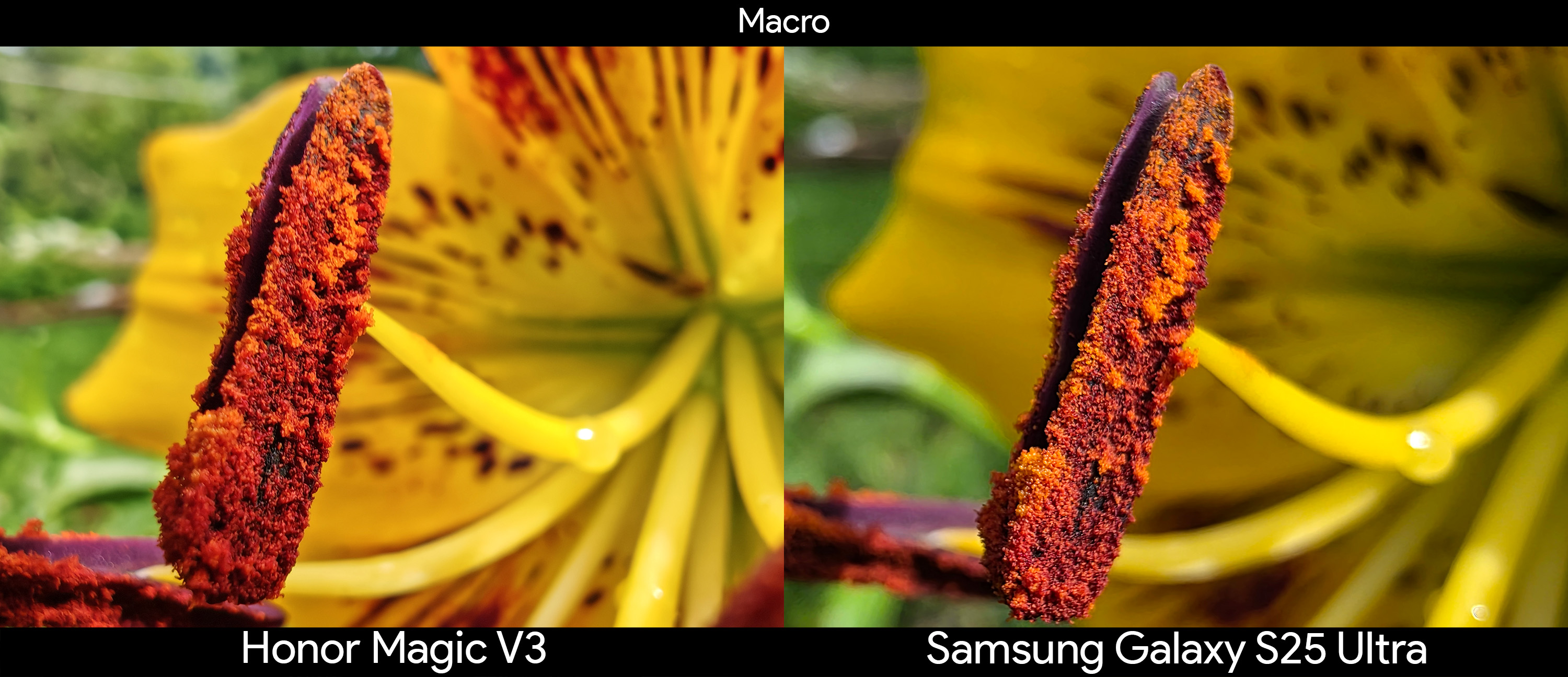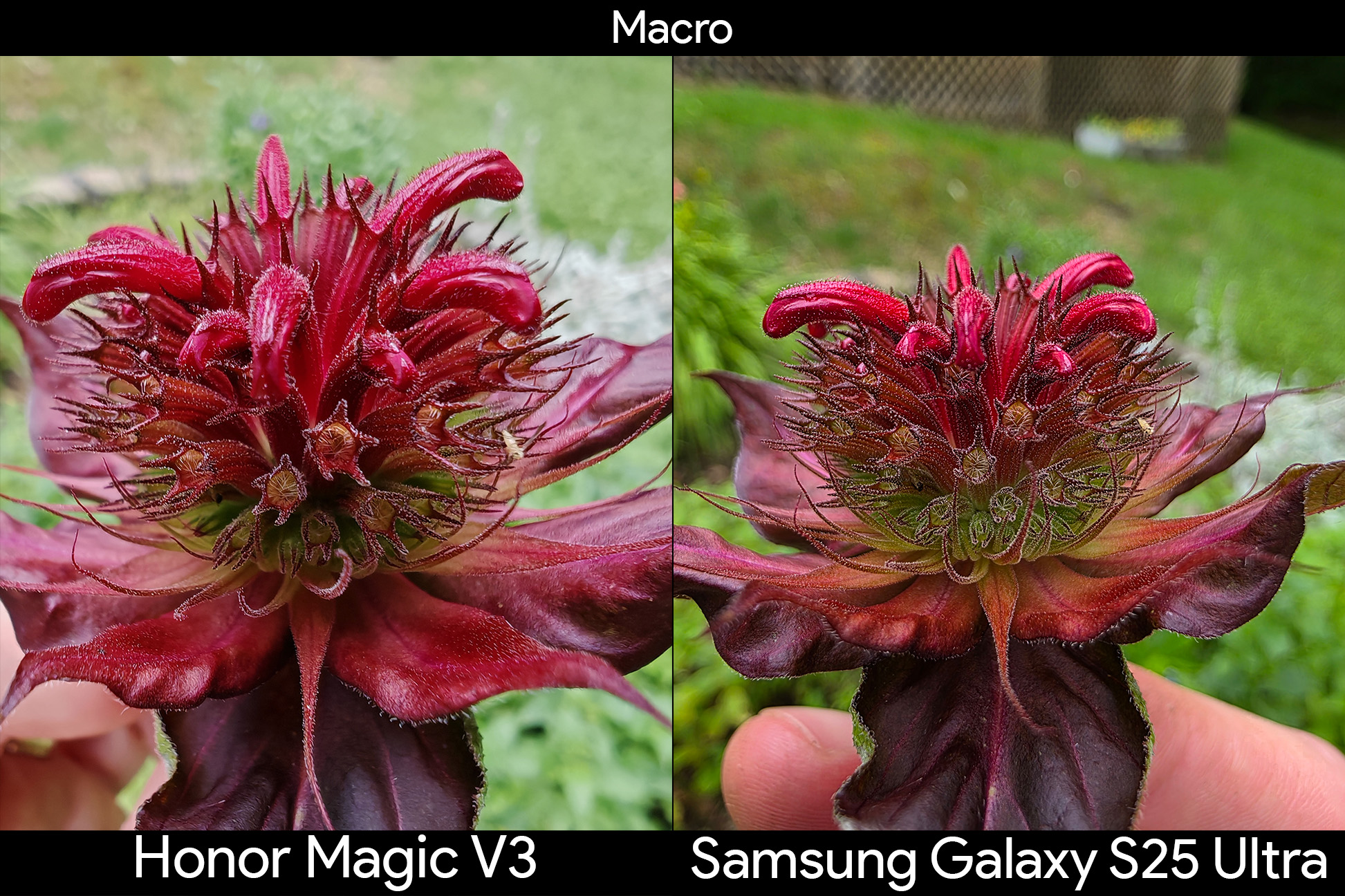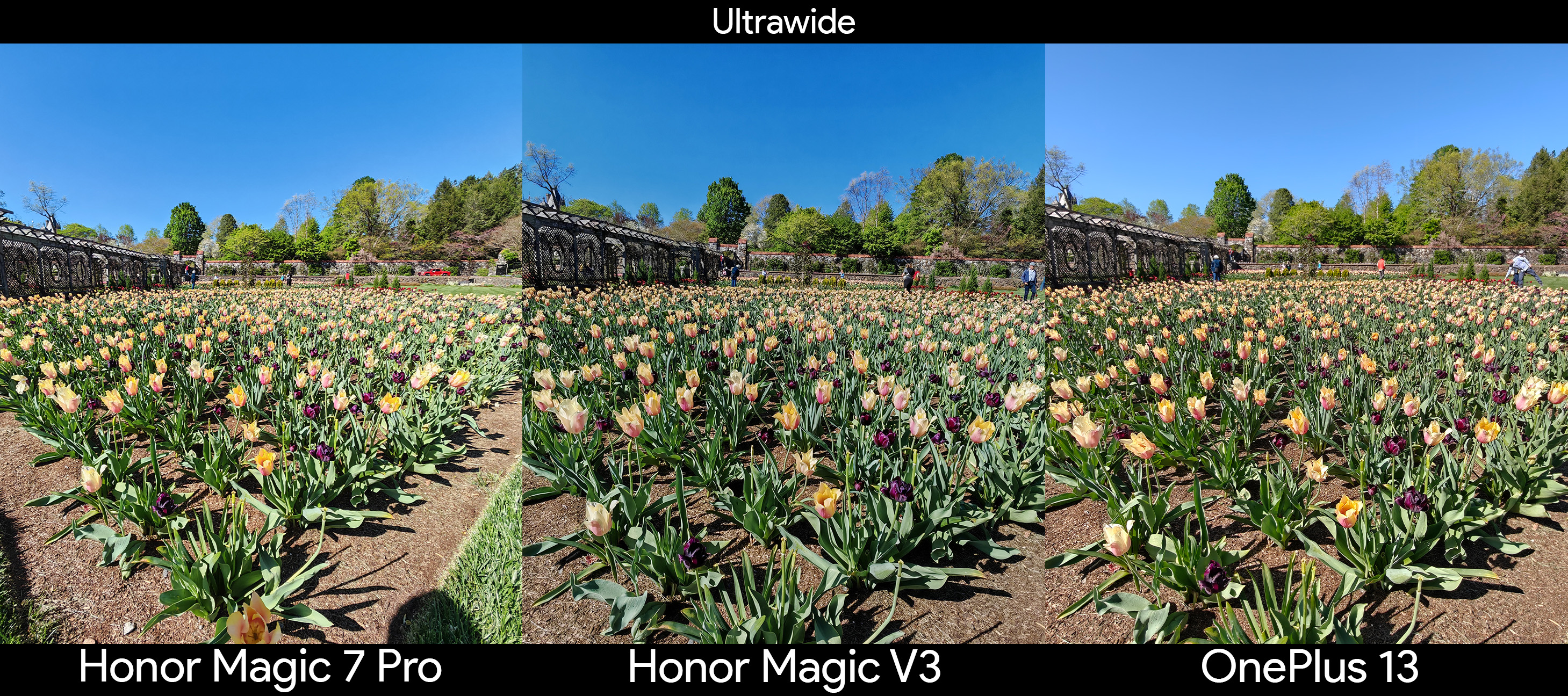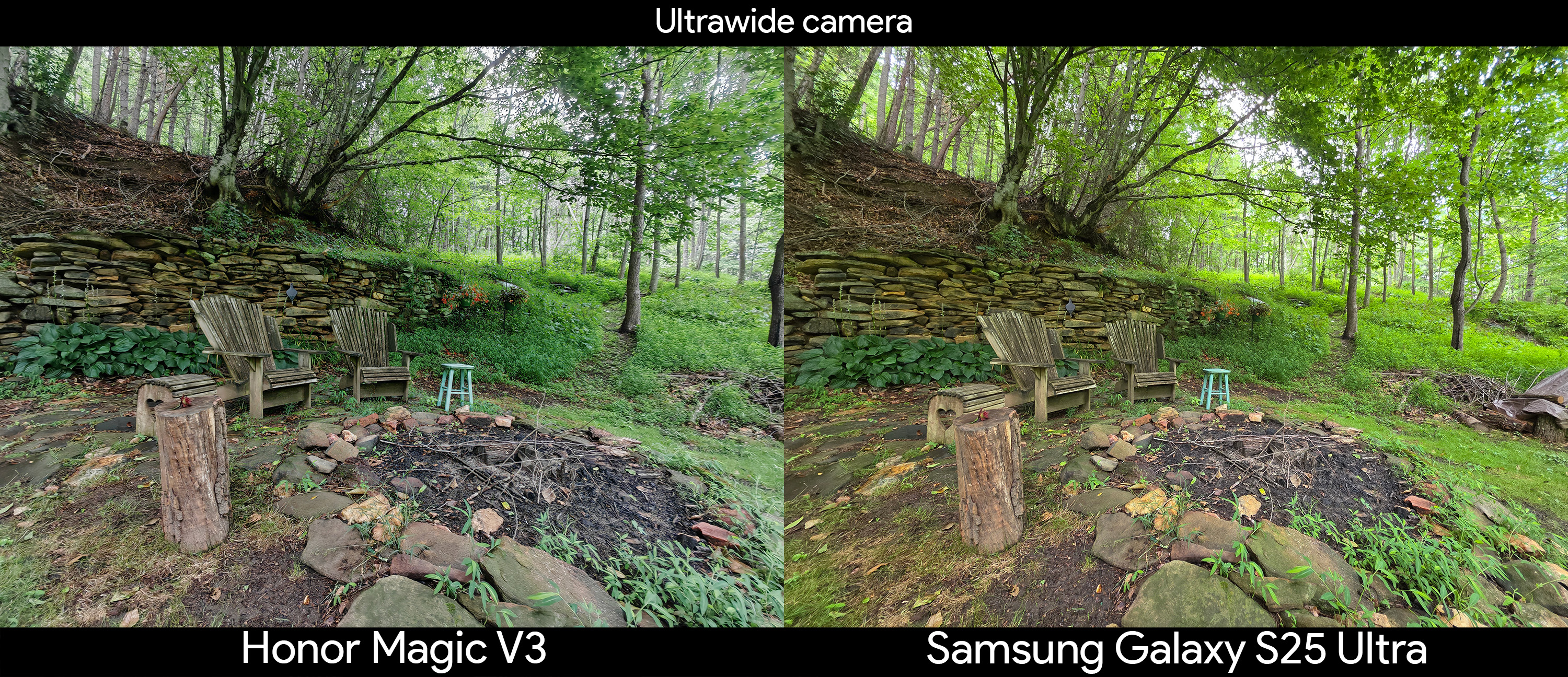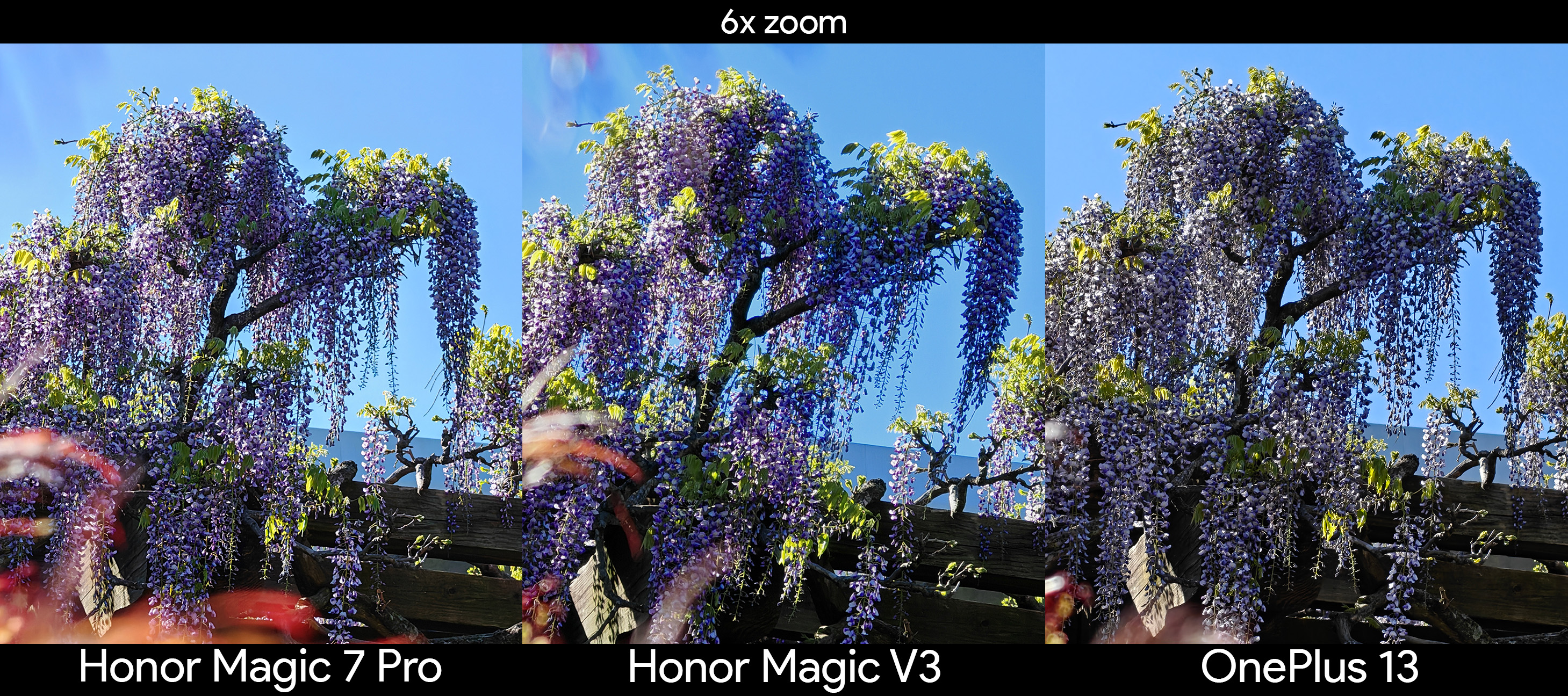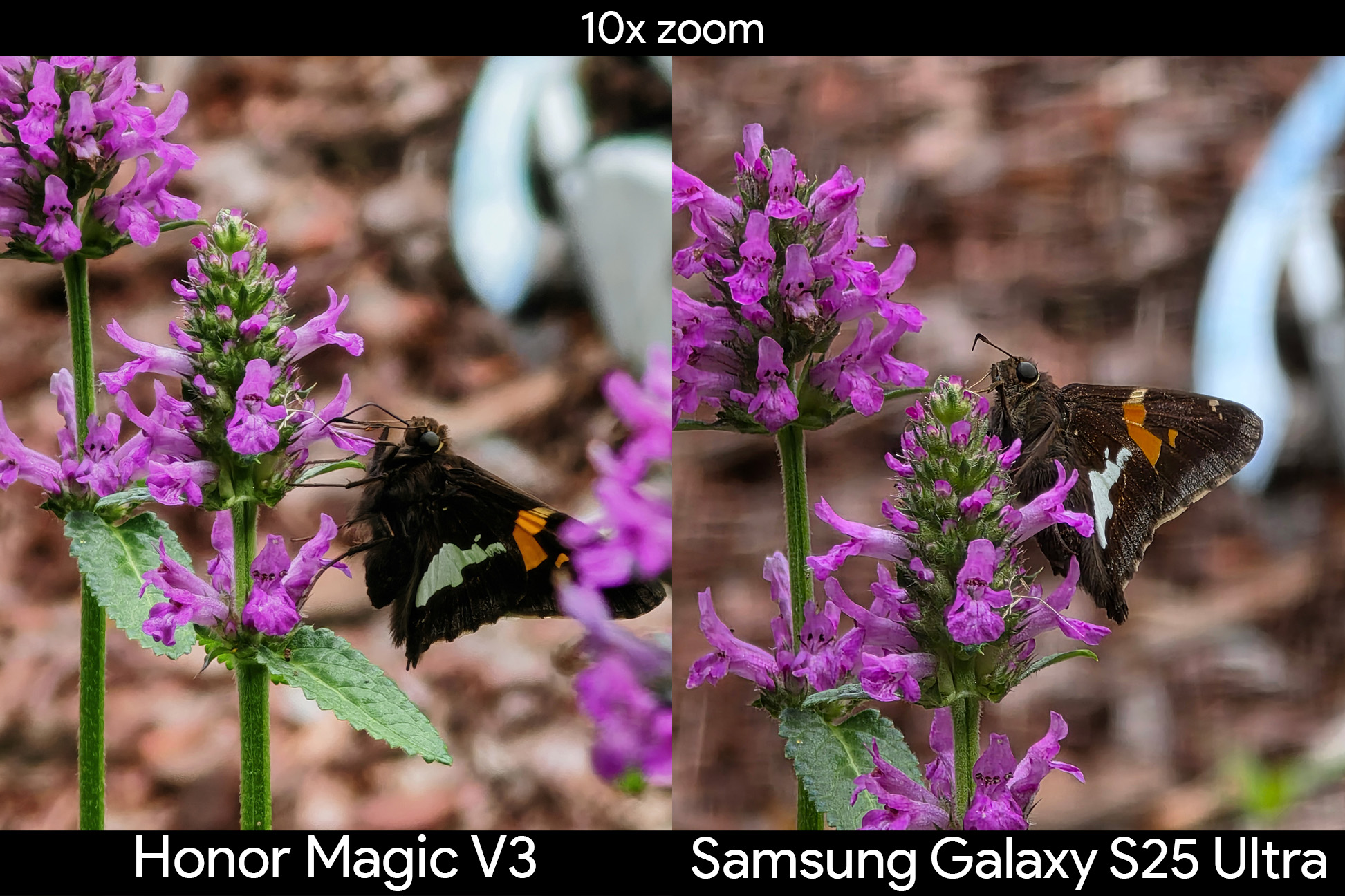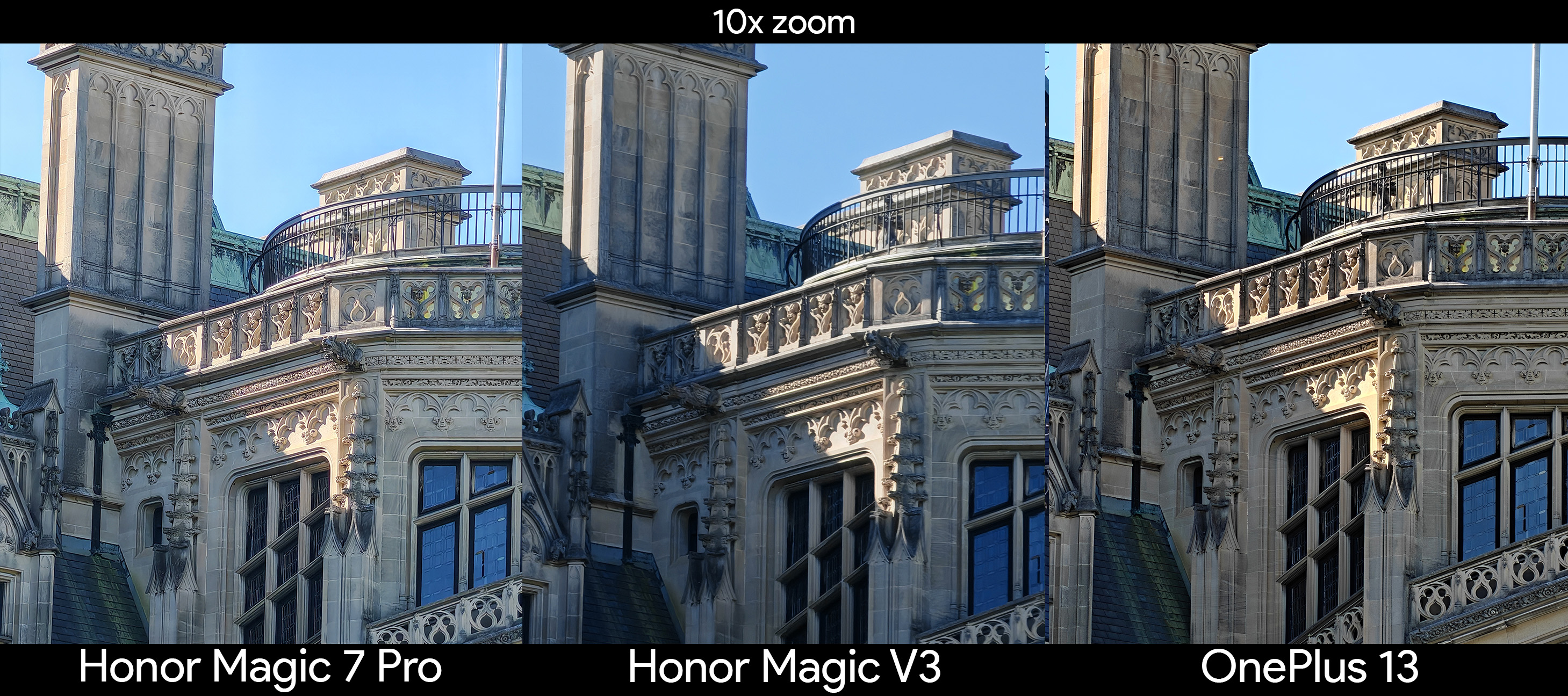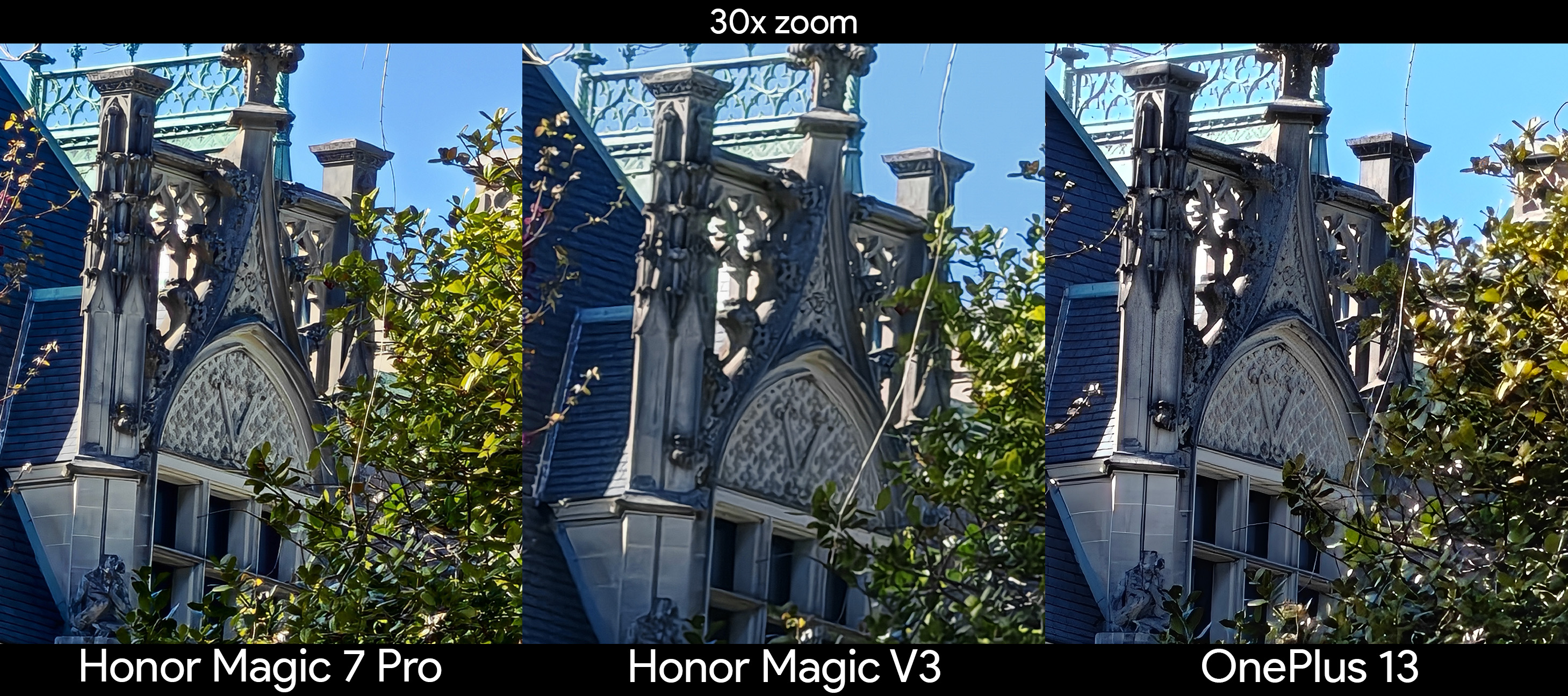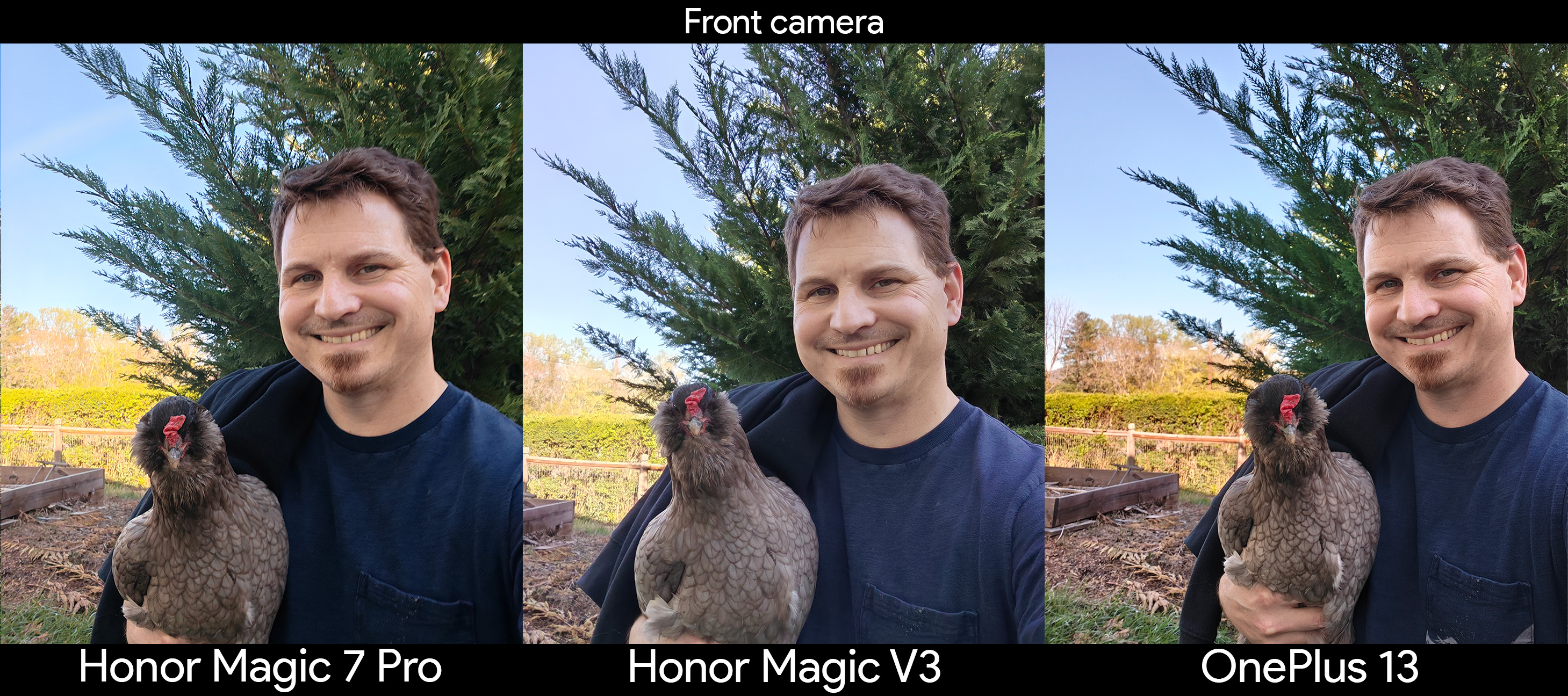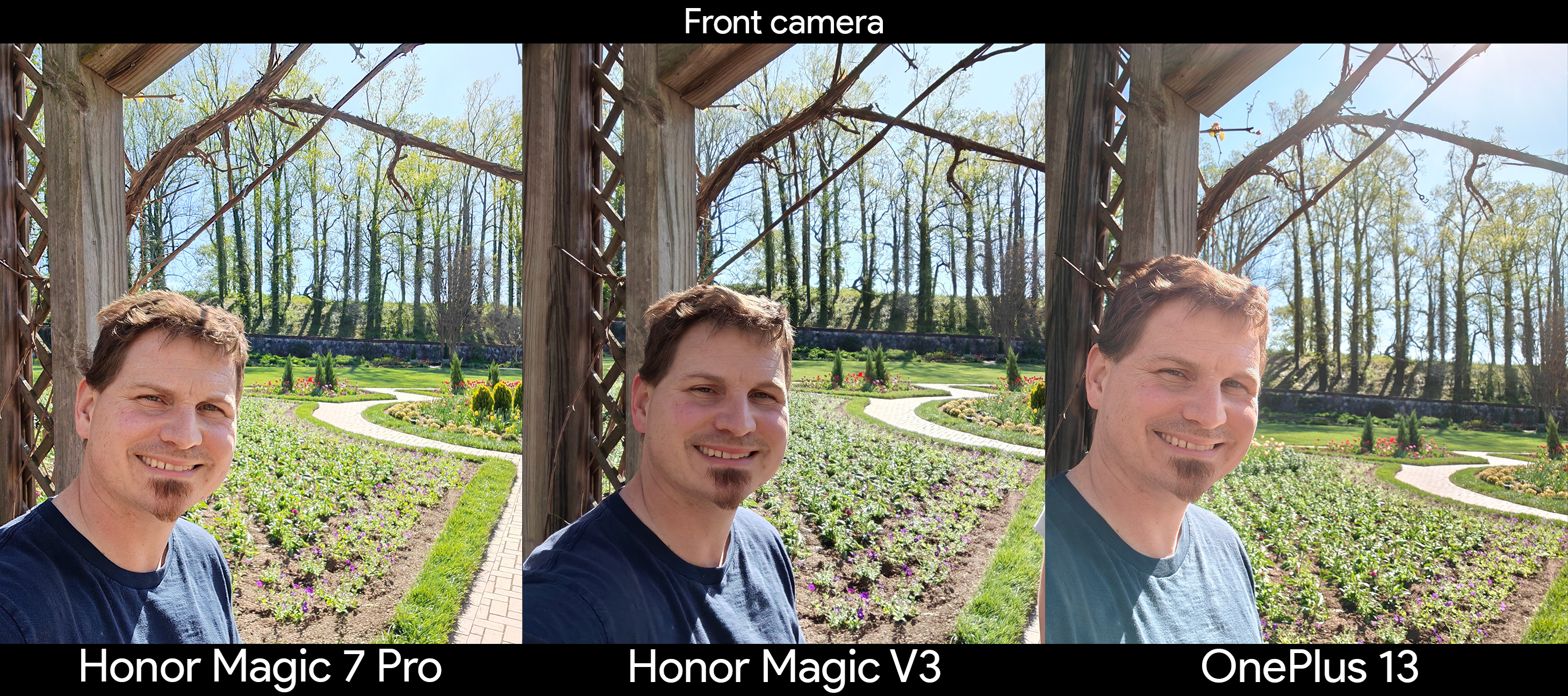As many of us anticipate the announcement of the Samsung Galaxy Z Fold 7, leaks and rumors continue to point to it being the thinnest phone Samsung has ever made. At a rumored 3.9mm thin when unfolded, it makes the 5.6mm Z Fold 6 look like a chonker. However, it also raises a few simple questions, such as: how would Samsung achieve this without making big sacrifices, particularly in the camera performance?
Android Central Labs

Android Central Labs is a weekly column devoted to deep dives, experiments, and a focused look into the tech you use. It covers phones, tablets, and everything in between.
Aside from a thinner phone, one of the biggest requests from Z Fold users has been for Samsung to improve the cameras. Galaxy Z Fold phones have never had bad cameras, but there’s never been a Z Fold that could outperform the best camera phones. This has long been a perplexing problem, given that the Z Fold costs nearly $2,000 and has never been “thin,” but can Samsung really make the Galaxy Z Fold 7 thin and give it an award-winning camera?
Yes, absolutely, and two other ultra-thin foldables are proof. In our review of the Oppo Find N5, which is currently the thinnest phone in the world and a book style foldable like the Galaxy Z Fold 7, Harish said “the cameras on the Find N5 are better than the Galaxy S25 and Pixel 9, and that’s a big deal in and of itself.” Even Samsung’s own Galaxy S25 Edge with its 200MP camera sensor proves it’s possible.
Since the upcoming Honor Magic V5 is set to be the most direct competitor to the Galaxy Z Fold 7 and is said to be at least as thin as Samsung’s phone, I thought it would be fun to take last year’s Honor Magic V3 and test its cameras against the best flagship cameras of 2025. The results show that Samsung can deliver a truly stunning flagship camera experience on its upcoming ultra-thin foldable if it really wants to.
Honor Magic V3: Primary cameras
The Honor Magic V3 comes in at 4.4mm thin unfolded and sports a sizable camera island around back with a 50MP main sensor. Honor has impressed us with its photography prowess over the past few years, particularly with motion capture capabilities, including a powerful suite of software tricks behind it.
So we’ll begin in the late spring garden, which is still full of flowers and vibrant colors.
|
Phone |
Primary camera |
|---|---|
|
Honor Magic V3 |
50MP 1/1.56″ Sony IMX906 |
|
Honor Magic 7 Pro |
50MP 1/1.3″ Omnivision OV50H |
|
OnePlus 13 |
50MP 1/1.4″ Sony LYT-808 |
|
Samsung Galaxy S25 Ultra |
200MP 1/1.3″ Samsung ISOCELL HP2 |
If I had to choose one main attribute to critique the Honor Magic V3’s photos, it’s that they’re often underexposed, and the dynamic range is a bit lacking when compared to the OnePlus 13 or Honor Magic 7 Pro. All three phones use different sensors for the main camera. The Magic V3 actually uses a nearly identical size sensor as the Galaxy Z Fold 6, so physical size isn’t helping Honor’s ultrathin foldable at all.
Some of these parameters are tweakable in the software, but the main issue is that this Sony IMX906 sensor is often found in mid-range phones, and the performance reflects that. Still, I think most of the shots from the primary sensor of the Magic V3 look good, even if they aren’t fully up to flagship standards at every level.
Honor Magic V3: Ultrawide cameras
Like most flagships, the Honor Magic V3’s ultrawide camera features autofocus, so it doubles as both an ultrawide camera and a macro camera. It uses a lower megapixel count than the other four phones I pitted it against and, oddly enough, no one seems to know what sensor Honor used here. The company doesn’t usually divulge its camera sensors, and the usual software tools I use to find out don’t want to tell me, either.
|
Phone |
Ultrawide camera |
|---|---|
|
Honor Magic V3 |
40MP (sensor model and size unknown) |
|
Honor Magic 7 Pro |
50MP 1/2.88″ Omnivision OV50D |
|
OnePlus 13 |
50MP 1/2.76″ Samsung ISOCELL JN5 |
|
Samsung Galaxy S25 Ultra |
50MP 1/2.5″ Samsung ISOCELL JN3 |
The Honor Magic V3’s ultrawide camera produces seriously stunning macro shots, and it’s hard to tell the difference between its images and ones from the other flagship phones I tested. It’s impressive just how close you can get the phone to an object and still get a clear focus.
Standard ultrawide shots look a little softer on both Honor phones when compared to the OnePlus 13 or Samsung Galaxy S25 Ultra, and Honor’s tuning tends to lean toward cooler colors, while Samsung likes more vibrant, warm colors. I prefer Samsung’s tuning in that arena, but the OnePlus 13 is normally quite spot on with color science on the ultrawide camera. Either way, the Magic V3 did a good job keeping up with the flagships here.
Honor Magic V3: Telephoto cameras
Telephoto cameras have gotten really interesting over the past few years. Manufacturers all seem to opt for very different sensor types, sizes, and lens zoom distances, with the Galaxy S25 Ultra offering up an additional fourth zoom lens when compared to most other flagship phones.
|
Phone |
Telephoto camera |
|---|---|
|
Honor Magic V3 |
50MP 1/2.51″ (3.5x zoom) |
|
Honor Magic 7 Pro |
200MP 1/1.4″ Samsung ISOCELL HP3 (3x zoom) |
|
OnePlus 13 |
50MP 1/1.95″ Sony LYT-600 (3x zoom) |
|
Samsung Galaxy S25 Ultra |
12MP 1/3.52″ Sony IMX754 (3x zoom) 50MP 1/2.52″, Sony IMX854 (5x zoom) |
At 3-10x zoom using the camera viewfinder, the Honor Magic V3 holds up quite well. In the 10x shots, you can tell the Magic V3’s shot is slightly softer, but on its own, I doubt anyone would notice this. The telephoto camera is quite good and does a great job of zooming in on things. Like the primary camera, this one also struggles with underexposure and dynamic range at times.
Zooming in beyond 10x is far less advisable, though. Both 30X shots show how much more detail a flagship phone with a significantly larger sensor can pull in, even with the slight 0.5x zoom advantage the Magic V3’s telephoto lens has over the OnePlus 13 and Honor Magic 7 Pro.
Honor Magic V3: Front cameras
Folding phone manufacturers still include a small front-facing camera above the cover screen on book-style foldables like the Honor Magic V3 and Samsung Galaxy Z Fold series, but these are usually smaller sensors than regular flagship phones. Because of that, companies like to encourage users to open the phone and use the rear sensors as a selfie camera.
|
Phone |
Front-facing camera |
|---|---|
|
Honor Magic V3 |
20MP (sensor model and size unknown) |
|
Honor Magic 7 Pro |
50MP 1/2.93″ Sony IMX 816 |
|
OnePlus 13 |
32MP 1/2.74″ Sony IMX615 |
|
Samsung Galaxy S25 Ultra |
12MP 1/3.2″ Samsung ISOCELL 3LU |
Despite the razor-thin frame, the front-facing camera of the Magic V3 is impressively capable. Unlike some of the other cameras, there’s no real difference between the quality of the Magic V3’s front facing camera and that of the rest of the flagships. If anything, Honor’s color science is ever so slightly off, as my shirt in one of the shots was teal, not dark blue. The OnePlus 13 nailed the color in that one.
You can do it, Samsung!

Based on what I’m seeing, there’s no reason Samsung can’t outfit the Galaxy Z Fold 7 with a flagship-level camera if it truly wants to deliver the “ultra experience” it’s been teasing. The latest leaks show an ultrathin phone with a sizable camera hump, and that gives me hope that we’ll see some big upgrades this time around.
A larger 200MP main sensor is expected, which should put it on par with the Galaxy S25 Ultra and the Galaxy S25 Edge. Our Galaxy S25 Edge camera review proves this sensor has what it takes, even in a thin phone.
While I don’t have high expectations that we’ll get a 5x telephoto sensor in the Galaxy Z Fold 7, an upgraded sensor behind the 3x lens can still produce impressive results, assuming Samsung is able to cram a better sensor under that lens.
And with Samsung teasing a “smarter” camera, it’ll be interesting to see how the company utilizes AI to further enhance the camera experience.
For more news and information on Samsung’s upcoming foldables, check out our Ultimate Guide.

